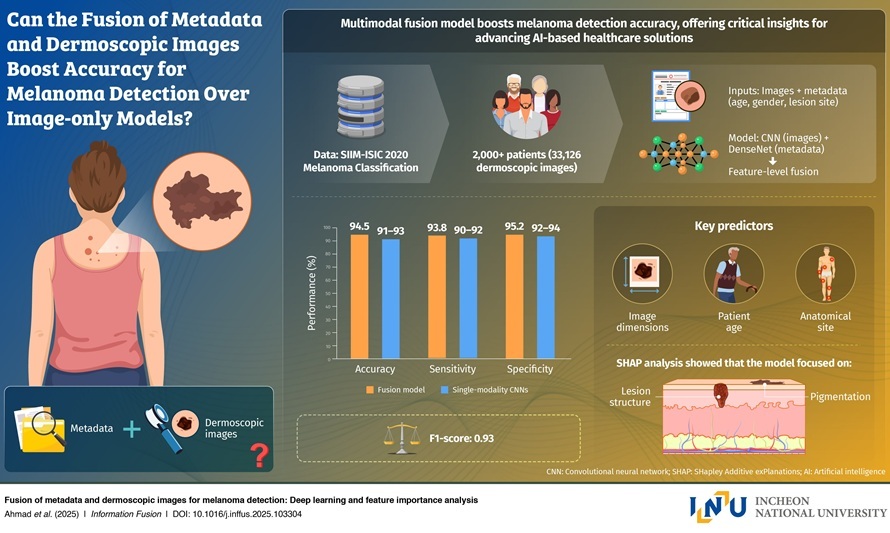Cardiac Biomarkers Identify High-Risk Kidney Disease Patients
|
By LabMedica International staff writers Posted on 12 Nov 2019 |
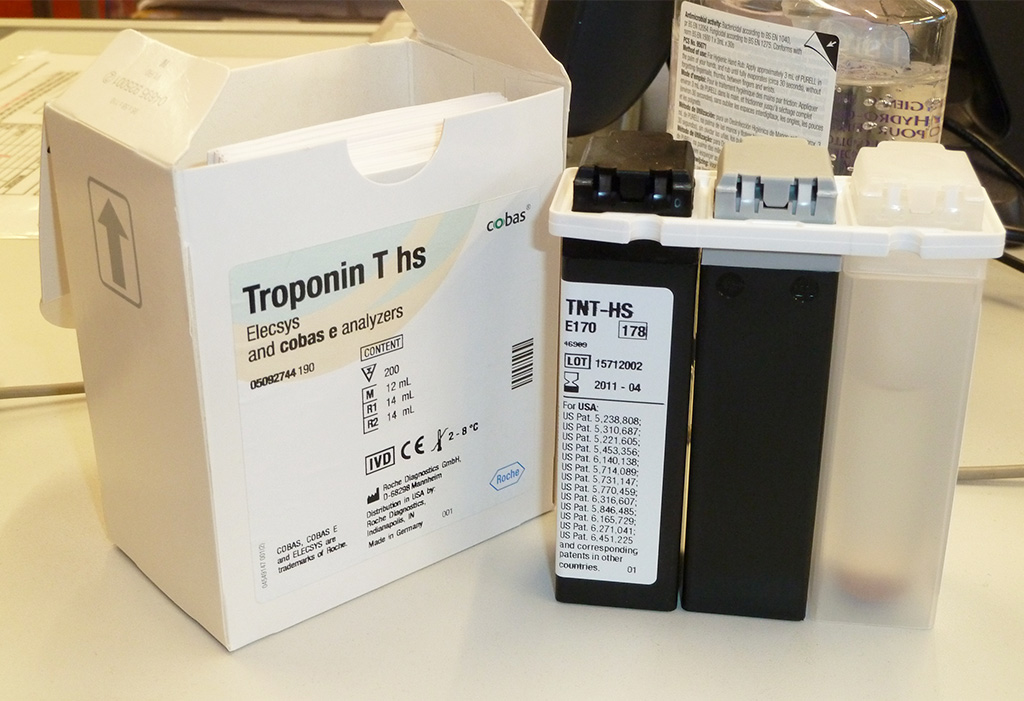
Image: The Elecsys Troponin T-high sensitive (TnT-hs) assay can reduce the time needed to rule-in or rule-out non-ST segment elevation myocardial infarction (NSTEMI) to as little as just one hour (Photo courtesy of Roche).
Cardiovascular disease (CVD) claims more lives in people with chronic kidney disease (CKD) than complications of kidney disease and this can be explained in part by shared common risk factors including hypertension, diabetes, hyperlipidemia, smoking, and obesity.
However, there is growing evidence that impaired kidney function and raised albuminuria levels are risk factors for CVD independent of traditional factors such as hypertension and diabetes. In addition, there are pathologic mechanisms that are unique to CKD that promote vascular disease, thus contributing to the increased burden of CVD.
Cardiologists from the Mayo Clinic (Rochester, MN, USA) classified participants by renal function, characterize trends of cardiac biomarker activation and left ventricular function, and report cardiovascular outcomes over a 10-year follow-up period using data from a retrospective study, including 1,981 participants from the Olmsted County Heart Function Study. Participants were aged 45 years and older between January 1997 and December 2000, and had had a clinical evaluation, medical record review, laboratory tests, and echocardiogram. Follow-up was a median 10.2 years.
Age/sex-adjusted baseline characteristics, tertiles of N-terminal pro B-type natriuretic peptide (NT-proBNP) and high-sensitivity troponin T (hs-TnT) and their interactions with eGFR were examined. Outcomes measured included incident myocardial infarction (MI), congestive heart failure, stroke, and all-cause mortality. The prevalence of stage 3 CKD (eGFR < 60 mL/min/1.73m2) was 6.4% (126/1,981). In the remainder of the group, 52.3% (1,036/1,981) had mild renal insufficiency (eGFR 60-89 mL/min/1.73m2) and 41.3% (819/1,981) had normal kidney function.
The physicians reported that the degree of kidney impairment, as estimated by eGFR, did not significantly affect the results, suggesting renal impairment was not the only reason for elevation of the biomarkers. The analysis suggested an optimal cut-point for the overall study group of 97.1 pg/mL for NT-proBNP and 3.8 ng/L for hs-TnT; these values were similar to the third tertile for both biomarkers. Over a 10.2-year follow-up period, CKD was associated with an increased risk of myocardial infarction (MI) and composite cardiovascular outcomes including MI, congestive heart failure, stroke, and all-cause mortality.
Horng H. Chen, MB, BCh, a cardiologist and senior author of the study, said, “In this study we demonstrated that NT-proBNP and hs-TnT have prognostic value regardless of kidney function. Hence, these two biomarkers can be used to help clinicians, identify patients with kidney disease who are at highest risk for adverse cardiac events and who would be candidates for aggressive risk factor modification to prevent adverse outcomes.” The study was published on October 23, 2019 in the journal Mayo Clinic Proceedings.
Related Links:
Mayo Clinic
However, there is growing evidence that impaired kidney function and raised albuminuria levels are risk factors for CVD independent of traditional factors such as hypertension and diabetes. In addition, there are pathologic mechanisms that are unique to CKD that promote vascular disease, thus contributing to the increased burden of CVD.
Cardiologists from the Mayo Clinic (Rochester, MN, USA) classified participants by renal function, characterize trends of cardiac biomarker activation and left ventricular function, and report cardiovascular outcomes over a 10-year follow-up period using data from a retrospective study, including 1,981 participants from the Olmsted County Heart Function Study. Participants were aged 45 years and older between January 1997 and December 2000, and had had a clinical evaluation, medical record review, laboratory tests, and echocardiogram. Follow-up was a median 10.2 years.
Age/sex-adjusted baseline characteristics, tertiles of N-terminal pro B-type natriuretic peptide (NT-proBNP) and high-sensitivity troponin T (hs-TnT) and their interactions with eGFR were examined. Outcomes measured included incident myocardial infarction (MI), congestive heart failure, stroke, and all-cause mortality. The prevalence of stage 3 CKD (eGFR < 60 mL/min/1.73m2) was 6.4% (126/1,981). In the remainder of the group, 52.3% (1,036/1,981) had mild renal insufficiency (eGFR 60-89 mL/min/1.73m2) and 41.3% (819/1,981) had normal kidney function.
The physicians reported that the degree of kidney impairment, as estimated by eGFR, did not significantly affect the results, suggesting renal impairment was not the only reason for elevation of the biomarkers. The analysis suggested an optimal cut-point for the overall study group of 97.1 pg/mL for NT-proBNP and 3.8 ng/L for hs-TnT; these values were similar to the third tertile for both biomarkers. Over a 10.2-year follow-up period, CKD was associated with an increased risk of myocardial infarction (MI) and composite cardiovascular outcomes including MI, congestive heart failure, stroke, and all-cause mortality.
Horng H. Chen, MB, BCh, a cardiologist and senior author of the study, said, “In this study we demonstrated that NT-proBNP and hs-TnT have prognostic value regardless of kidney function. Hence, these two biomarkers can be used to help clinicians, identify patients with kidney disease who are at highest risk for adverse cardiac events and who would be candidates for aggressive risk factor modification to prevent adverse outcomes.” The study was published on October 23, 2019 in the journal Mayo Clinic Proceedings.
Related Links:
Mayo Clinic
Latest Clinical Chem. News
- Chemical Imaging Probe Could Track and Treat Prostate Cancer
- Mismatch Between Two Common Kidney Function Tests Indicates Serious Health Problems
- VOCs Show Promise for Early Multi-Cancer Detection
- Portable Raman Spectroscopy Offers Cost-Effective Kidney Disease Diagnosis at POC
- Gold Nanoparticles to Improve Accuracy of Ovarian Cancer Diagnosis
- Simultaneous Cell Isolation Technology Improves Cancer Diagnostic Accuracy
- Simple Non-Invasive Hair-Based Test Could Speed ALS Diagnosis
- Paper Strip Saliva Test Detects Elevated Uric Acid Levels Without Blood Draws
- Prostate Cancer Markers Based on Chemical Make-Up of Calcifications to Speed Up Detection
- Breath Test Could Help Detect Blood Cancers
- ML-Powered Gas Sensors to Detect Pathogens and AMR at POC
- Saliva-Based Cancer Detection Technology Eliminates Need for Complex Sample Preparation
- Skin Swabs Could Detect Parkinson’s Years Before Symptoms Appear
- New Clinical Chemistry Analyzer Designed to Meet Growing Demands of Modern Labs

- New Reference Measurement Procedure Standardizes Nucleic Acid Amplification Test Results
- Pen-Like Tool Quickly and Non-Invasively Detects Opioids from Skin
Channels
Molecular Diagnostics
view channel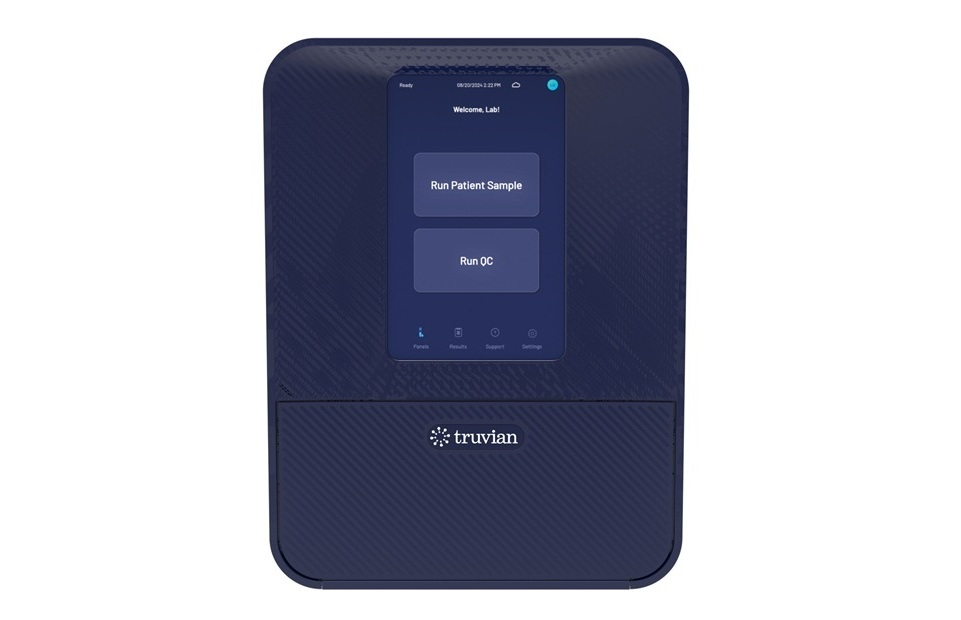
Benchtop Analyzer Runs Chemistries, Immunoassays and Hematology in Single Device
Routine blood tests remain dependent on off-site laboratories, resulting in delays, higher costs, and logistical barriers in decentralized care settings. Now, a new multimodal diagnostic solution delivers... Read more
POC Bordetella Test Delivers PCR-Accurate Results in 15 Minutes
Whooping cough remains difficult to diagnose early because its first symptoms resemble other respiratory infections, leading clinicians to treat empirically and often too late. With whooping cough cases... Read more
Pinprick Blood Test Could Detect Disease 10 Years Before Symptoms Appear
Many serious conditions begin silently years before symptoms appear, yet routine screening rarely detects these early physiological shifts. A powerful new solution is emerging: pinprick blood tests driven... Read more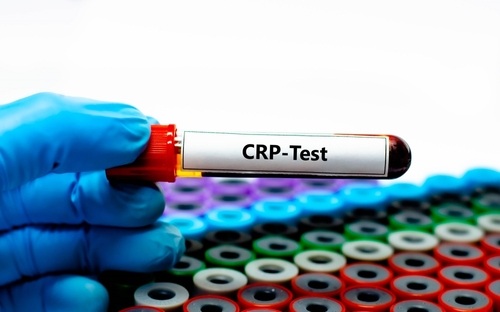
Refined C-Reactive Protein Cutoffs Help Assess Sepsis Risk in Preterm Babies
Early-onset sepsis (EOS) is a dangerous bloodstream infection that appears in the first three days of life, yet its early symptoms resemble many benign newborn conditions. To support urgent treatment decisions,... Read moreHematology
view channel
Platelet Activity Blood Test in Middle Age Could Identify Early Alzheimer’s Risk
Early detection of Alzheimer’s disease remains one of the biggest unmet needs in neurology, particularly because the biological changes underlying the disorder begin decades before memory symptoms appear.... Read more
Microvesicles Measurement Could Detect Vascular Injury in Sickle Cell Disease Patients
Assessing disease severity in sickle cell disease (SCD) remains challenging, especially when trying to predict hemolysis, vascular injury, and risk of complications such as vaso-occlusive crises.... Read more
ADLM’s New Coagulation Testing Guidance to Improve Care for Patients on Blood Thinners
Direct oral anticoagulants (DOACs) are one of the most common types of blood thinners. Patients take them to prevent a host of complications that could arise from blood clotting, including stroke, deep... Read moreImmunology
view channel
Gene Signature Test Predicts Response to Key Breast Cancer Treatment
DK4/6 inhibitors paired with hormone therapy have become a cornerstone treatment for advanced HR+/HER2– breast cancer, slowing tumor growth by blocking key proteins that drive cell division.... Read more
Chip Captures Cancer Cells from Blood to Help Select Right Breast Cancer Treatment
Ductal carcinoma in situ (DCIS) accounts for about a quarter of all breast cancer cases and generally carries a good prognosis. This non-invasive form of the disease may or may not become life-threatening.... Read moreMicrobiology
view channel
Rapid Assay Identifies Bloodstream Infection Pathogens Directly from Patient Samples
Bloodstream infections in sepsis progress quickly and demand rapid, precise diagnosis. Current blood-culture methods often take one to five days to identify the pathogen, leaving clinicians to treat blindly... Read more
Blood-Based Molecular Signatures to Enable Rapid EPTB Diagnosis
Extrapulmonary tuberculosis (EPTB) remains difficult to diagnose and treat because it spreads beyond the lungs and lacks easily accessible biomarkers. Despite TB infecting 10 million people yearly, the... Read more
15-Minute Blood Test Diagnoses Life-Threatening Infections in Children
Distinguishing minor childhood illnesses from potentially life-threatening infections such as sepsis or meningitis remains a major challenge in emergency care. Traditional tests can take hours, leaving... Read more
High-Throughput Enteric Panels Detect Multiple GI Bacterial Infections from Single Stool Swab Sample
Gastrointestinal (GI) infections are among the most common causes of illness worldwide, leading to over 1.7 million deaths annually and placing a heavy burden on healthcare systems. Conventional diagnostic... Read morePathology
view channel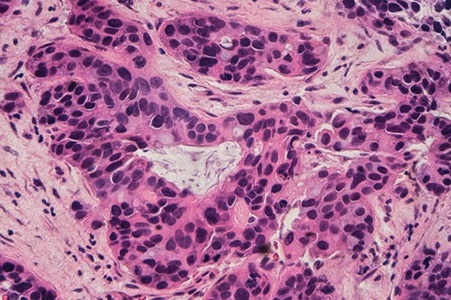
AI Tool Improves Breast Cancer Detection
Breast cancer diagnosis relies on examining microscopic tissue samples, a time-intensive process made more challenging by global shortages of trained pathologists. Delays in diagnosis can lead to missed... Read more
AI Tool Predicts Treatment Success in Rectal Cancer Patients
Artificial intelligence (AI) may soon help clinicians identify which rectal cancer patients are likely to respond well to treatment, using only the routine biopsy slides already obtained at diagnosis.... Read moreTechnology
view channel
AI Saliva Sensor Enables Early Detection of Head and Neck Cancer
Early detection of head and neck cancer remains difficult because the disease produces few or no symptoms in its earliest stages, and lesions often lie deep within the head or neck, where biopsy or endoscopy... Read more
AI-Powered Biosensor Technology to Enable Breath Test for Lung Cancer Detection
Detecting lung cancer early remains one of the biggest challenges in oncology, largely because current tools are invasive, expensive, or unable to identify the disease in its earliest phases.... Read moreIndustry
view channel
Abbott Acquires Cancer-Screening Company Exact Sciences
Abbott (Abbott Park, IL, USA) has entered into a definitive agreement to acquire Exact Sciences (Madison, WI, USA), enabling it to enter and lead in fast-growing cancer diagnostics segments.... Read more















